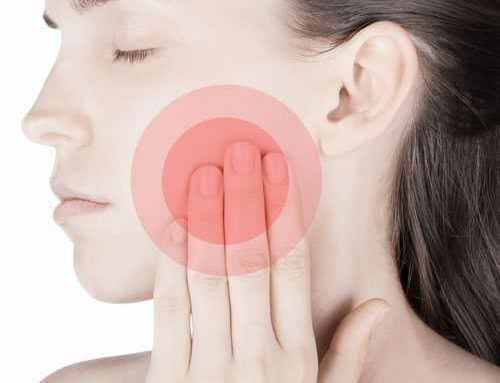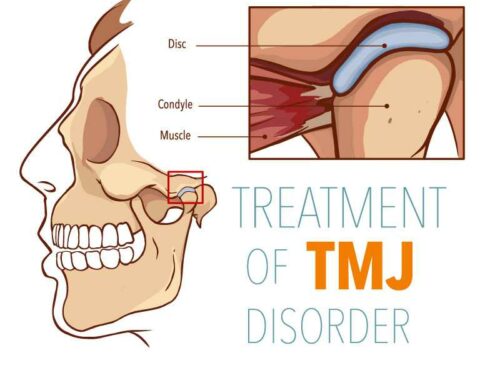Temporomandibular joint (TMJ) disorders are treated in various ways, ranging from simple pain management to surgery. Here, we take a look at some of the treatments that are commonly used and explain which of them is best.
Pain management
In some cases, depending on the severity of the disorder, a TMJ doctor or oral care professional may prescribe pain relievers, muscle relaxants, or low doses of antidepressants. These can occasionally provide symptomatic relief. A pharmaceutical approach can be effective if the condition is mild and acute. In these cases, with some pain relief and help relaxing the jaw muscles, the TMJ problems may go away on their own.
Surgery as a TMJ treatment
At the extreme spectrum, there are various surgical solutions. These range from arthrocentesis to open-joint surgery. Arthrocentesis is the least invasive procedure. It involves the insertion of small needles into the joint so that fluid can be irrigated through it to remove debris. With open joint surgery, surgeons undertake physical, invasive repairs on the joint itself, or even install a replacement joint. As a TMJ treatment, these procedures are not always effective, involve more pain and, in the case of open-joint surgery, sometimes involve a certain degree of risk.
Non-drug, non-invasive therapies
TMJ doctors can use a variety of therapies that don’t include drugs or surgery. These could include the use of oral splints or mouth guards, physical therapy, and counseling to help patients avoid behaviors that cause or exacerbate TMJ pain. Therapies that leave out drugs and surgery are both the most effective treatments in the long term, and the most beneficial for the overall health of the patient.
The most advanced and effective therapy is the A.S. Remodeling Protocol®, developed by the Head and Neck Centers of Excellence. A.S. Remodelling involves a more holistic approach, based on the knowledge that TMJ disorders, in addition to the local jaw muscles, often originate from cervical spinal imbalances and inflammation elsewhere in the body. The protocol entails state-of-the-art technology that targets certain spinal vertebra and discs to gently stretch them apart, relieving pressure on the nerves and restoring proper spinal positioning. Hands-on spinal corrective movements, along with internal and external jaw exercises, also help to align spinal segments and relieve muscular tension. At the same time, we often examine bloodwork to determine if there are any toxicities or deficiencies that need to be addressed. We then can recommend a dietary solution, including appropriate supplements.
If you are experiencing TMJ pain and are looking for an effective, gentle treatment, contact the Head and Neck Centers of Excellence and let our TMJ specialists determine the ideal therapy.





